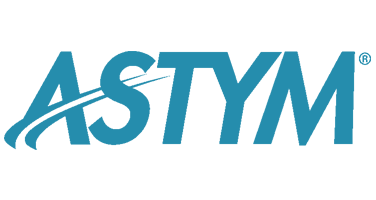
28 Oct Achilles Tendinosis in Elite Runners
Elite runners alternate between intensive physical training and recovery to improve performance. However, many runners fail to maintain a balance between intensity of training and appropriate recovery, resulting in a breakdown of tissue reparative mechanisms which eventually leads to overuse injuries. Historically, these injuries have been referred to as “tendinitis” or “tendonitis”, words that point to inflammation as the cause of the problem.
While true inflammation of a tendon occurs after traumatic injury, research has demonstrated that most non-traumatic overuse injuries are degenerative in nature. Since the body’s healing process relies on a series of events heralded by the arrival of inflammatory cells, many overuse injuries do not benefit from the body’s normal healing process which results in a progressive, degenerative process.
For elite runners, injury to the Achilles tendon is a common experience with an annual incidence of 7% to 9% in top level runners. (Reference #1) One study of runners found that the odds of developing Achilles problems were 10 times greater in runners than in age-adjusted controls. (Reference #2) Risk factors for developing Achilles tendonosis include excessive mileage, sudden increases in intensity, inadequate warm-up and stretching, and muscle imbalances. Mechanically, Achilles tendinosis is most commonly precipitated by excessive foot motion, shortened calf muscles, and weakness in the gastrocnemius-soleus (calf) muscle. (Reference #3)
While running, the gastrocnemius-soleus musculature controls the transition of the lower leg over the foot and ankle after initial contact, requiring significant eccentric muscle control and shock absorption. If the gastrocnemius-soleus is not conditioned to handle the forces of running, the Achilles tendon can be overloaded and strained.
Traditionally, conservative rehabilitation for Achilles tendon pain was rest, ice, and non-steroidal anti-inflammatory medications (NSAIDS). However, this treatment did not address the root causes of the problem and more current rehabilitation now incorporates eccentric strengthening to assist in strengthening the muscle and improving the health of the tendon. Eccentric strengthening exercises load a muscle during the lengthening phase of a movement, such as holding a weight in your hand with the elbow bent and then lowering it slowly to straighten the arm.
A study in the American Journal of Sports Medicine examined a group of runners with chronic Achilles tendinosis and compared the results of surgery of the Achilles tendon with eccentric calf strengthening. The reported results included a recovery time of 12 weeks for the eccentric strengthening group and six months for the surgical group. (Reference #4)
Physical therapists incorporate eccentric strengthening in rehabilitation programs for Achilles tendinosis, but many are also starting to utilize additional techniques to assist with collagen regeneration and healing. Astym treatment is a soft tissue therapy that stimulates regeneration of tendons and other soft tissues through the application of shear forces via hand held instruments; Astym also stimulates the body’s natural healing response, resulting in the resorption and remodeling of scar tissue. This effective therapy incorporates a customized program of stretching and exercise, which positively influences the alignment of the newly developed collagen. You can visit Astym for more information or to locate an Astym provider near you.
Meet today’s guest blogger:
 Stephanie Penny, PT, DPT
Stephanie Penny, PT, DPT
Stephanie practices at Lakeshore Sports Physical Therapy in Chicago, Illinois. She earned her Doctor of Physical Therapy degree from Central Michigan University in 2008. She has a special interest in sports medicine and vestibular rehabilitation, has completed coursework in manual therapy, and is a certified Astym® provider. Stephanie is an active member of the American Physical Therapy Association.
1. Lysholm J, Wiklander J. Injuries in runners. Am J Sports Med 1987;15(2):168–71.
2. Kujala UM, Sarna S, Kaprio J, et al. Heart attacks and lower-limb function in master
endurance athletes. Med Sci Sports Exerc 1999;31(7):1041–6.
3. McCrory J, et al. Etiologic factors associated with Achilles tendinitis in runners. Med and Science in Sports and Exercise. 1999;31 (10): 1374-81.
4. Alfredson H, Pietila T, Jonsson P, et al. Heavy-load eccentric calf muscle training for the treatment of chronic Achilles tendinosis. Am J Sports Med 1998;26(3):360–6.




